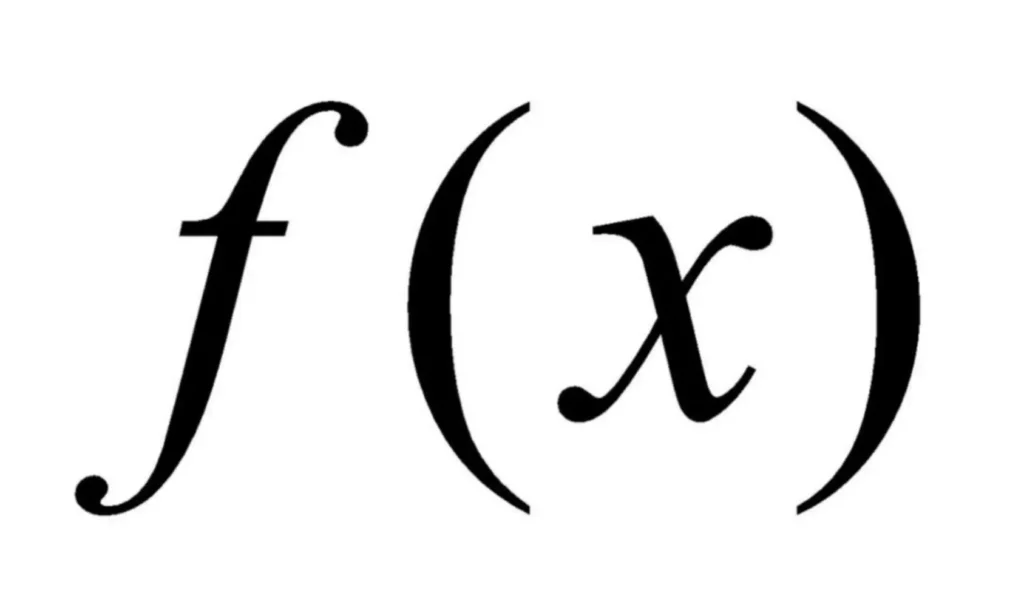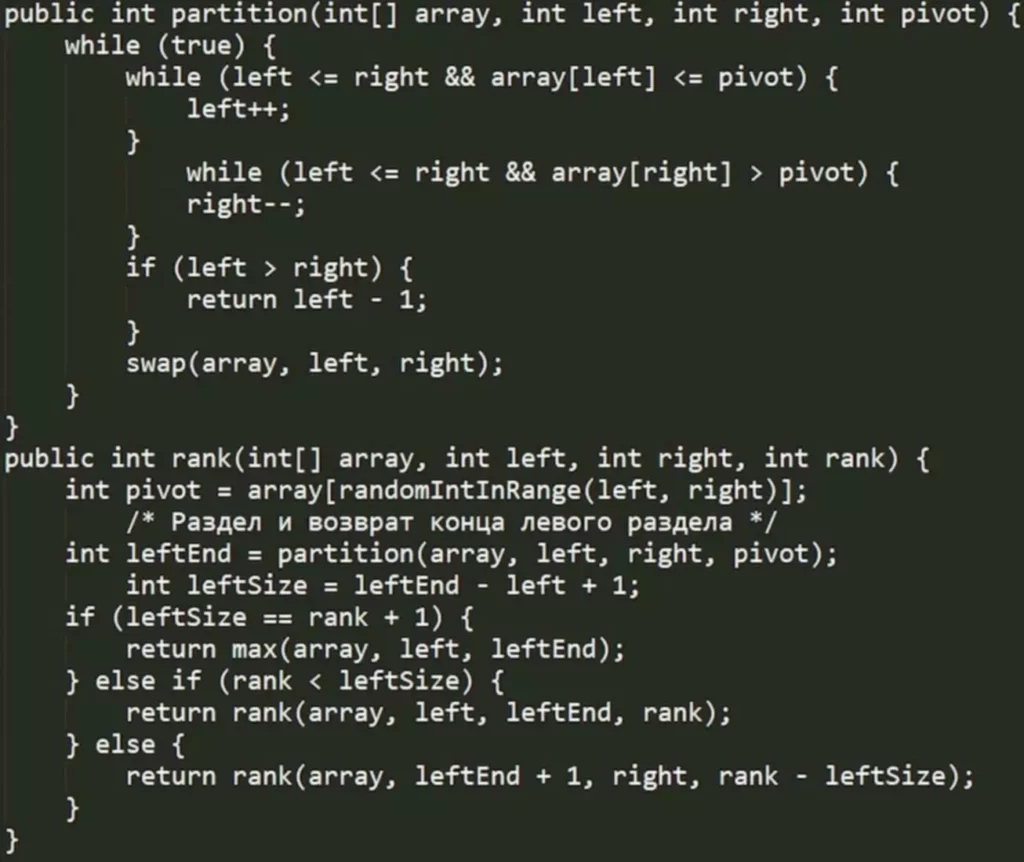By mastering JQL, you presumably can generate custom-made stories, monitor staff performance, and gain priceless insights into your project’s health. Whether you’re a project manager, developer, or enterprise analyst, understanding JQL is crucial for optimizing your use of Jira. Use the tips and examples on this guide to boost your Jira reporting and begin making more data-driven selections at present. This filters points from the “Website Redesign” project which are part of Dash 10, sorted by priority.
- Then you will get all resolved items from the Planning project as properly as all resolved objects assigned to Francis.
- That is, typing standing WAS IN (‘Resolved’, ‘Closed’) is similar as typing status WAS “Resolved” OR standing WAS “Closed”.
- Whether you’re a project supervisor, developer, or enterprise analyst, understanding JQL is essential for optimizing your use of Jira.
Let’s say I’m making an attempt to look which pressing issues are due in two days inside a sure project (writing this article, for instance) and assigned to a particular user (me). Efficient project administration requires particular metrics from the problem tracker related to your project. A JQL query is a set of words and operators that outline how Jira will slim your search.
Jql Operators
Here, we’ll explore superior JQL best practices that can help you write efficient, maintainable, and efficient queries. With the above search, you’ll get a really particular view of high or urgent priority points that were carried over from the final dash. This will permit you to investigate how typically this occurs and why. Or let’s say you want to determine in case your project has scoping problems. You could narrow your search for points that are not closed in the present sprint AND that had been beforehand assigned to a different sprint. This would inform you how many points have been out of scope within the last sprint and couldn’t be accomplished.
Jira Capability Planning: Plan Your Team’s Work Extra Successfully

Oftentimes if you begin searching your Jira issues, you can come again with A LOT of information. Scoping and sorting your queries will make it simple to see the precise information you want. There are two methods BigPicture supports JQL in configuring Packing Containers – customizable knowledge containers on your desired Jira sources. The first method makes use of whole projects, which are then narrowed down by your query.
The Best Jira Alternatives For Your Exact Requirements (
It could be very highly effective, however it additionally can be intimidating and likewise sometimes slightly bit esoteric if you’re not acquainted with the ins and outs of the method it works. It can also be a bit limiting if you don’t feel confident in exploring every thing it could do. I’ve added +2 to the endOfDay() perform as a end result of I needed to seek out out what’s due in two days. Whereas the JQL operate on its own would return solely what’s due at the finish of the present day. You can view a list of all fields in Jira’s documentation. For instance, Jira supports a perform called membersof() that you should use to see all the issues assigned to members of a bunch.

– Permits quick access to related info and facilitates specializing in https://deveducation.com/ essential duties. Immediately rework natural language into exact JQL queries, eliminating the want to study JQL syntax. By taking a glance at both of the above filter names at a look, it’s really tough to arrange them as a end result of they seemed to be named randomly.
Scoping involves focusing your question in a selected way so that the search only returns the data that is relevant to you. It can usually be overwhelming to begin with an extended and complicated query when performing your search, so you could just begin with a large search and narrow down from there. Though JQL is fairly good at looking via huge piles of points, sometimes your query will nonetheless return a volume of points that’s just too massive. At this level, scoping and sorting comes into play that will assist you get to the information you need, in the order you need it. The rest of the query remains the same, except for the addition of an “OR” keyword and a question for high precedence issues. The “WAS IN” operator is used to search out work objects that currently have or beforehand had any of a quantity of jql query examples specified values for the required subject.

In a “priority” subject, an example of a value is “high” or “medium”. This article will walk you through the important thing features of JQL. With some follow, it is feasible for you to to create your individual structured queries in no time. If nonetheless navigating Jira using JQL feels daunting, there’s a solution within your reach.
The one which stands out known as Jira Question Language (JQL). It’s a extremely competent device that makes finding a needle in a data haystack much simpler. For a whole reference, try our assist docs on superior searching. I suggest bookmarking this hyperlink – I find myself returning to it typically to look up obscure queries. The docs page has lots of content material, so it is useful to do a “Ctrl/Cmd + F” so you can jump on to a particular topic or keyword of interest.
Going back from a filtered record to a full set of information is a one-click course of. And in case you have a set of queries you use regularly, BigPicture lets you use them as pre-made filters. That method, discovering exactly what you’re looking for takes even much less time. A task report is the most popular reporting kind in BigPicture. The addition of JQL queries opens up another dimension of customization prospects for project managers.
Jira Query Language (jql) – What Beginners Must Know?
The generated question link redirects users to Jira’s Issue Navigator, displaying leads to Jira’s native format for seamless workflow integration. Several JQL fields are particularly useful for project monitoring. However, there are numerous more options that may prevent even more time and trouble.
You’ll discover that, when you’re exploring the JQL bar, you’ll see a button on the left that says AI. This is considered one of Jira’s newest features as Atlassian explores incorporating more AI for project management. If you’re working within Jira, you’ll often see an error message when you ask JQL for one thing it can’t find. In Visor, we’ve taken the time to offer you all of these error messages.
JQL data is principally required whenever you do a complicated search. Queries may be constructed utilizing a mixture of keywords, operators, fields, and values. These well-structured queries can be used to seek for issues under particular categories, like, project name, issue kind, status, assignee, precedence, and extra. JQL is a strong search language specifically designed for Jira that enables customers to create complex queries for concern monitoring, advanced filtering, and reporting. JQL’s flexibility in Jira helps project managers and agile groups navigate massive datasets.









 Come sempre in anticipo sulla normativa,
Come sempre in anticipo sulla normativa, 
 Le nuove proposte immobiliari di
Le nuove proposte immobiliari di 
